A parts inventory spreadsheet is a tool used to manage and track spare parts, stock levels, and reorder points in a business setting. It is designed to ensure accurate record-keeping and prevent shortages by providing a centralized place to store and review information about all parts needed for operations.
Why Use a Parts Inventory Spreadsheet?
Utilizing a parts inventory spreadsheet can bring numerous benefits to businesses. By maintaining an organized system for tracking spare parts, businesses can reduce service time and minimize unnecessary costs.
With all information stored in one place, it becomes easier to identify parts that need to be reordered and maintain optimal stock levels.
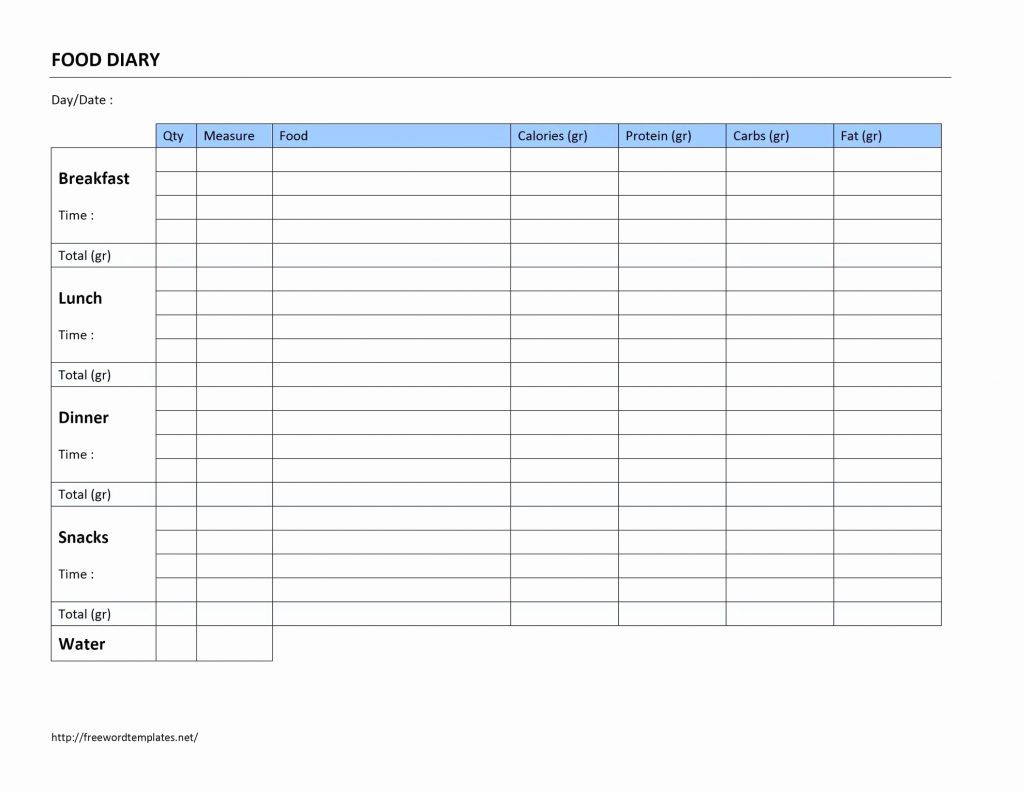
How to Create a Parts Inventory Spreadsheet
Creating a parts inventory spreadsheet is a straightforward process that can be customized to fit the specific needs of a business. Here are some steps to guide you through the creation process:
1. Choose a Spreadsheet Software
Start by selecting a spreadsheet software that you are comfortable using. Popular options include Microsoft Excel, Google Sheets, and Apple Numbers.
2. Define Categories and Columns
Organize your spreadsheet by defining categories for different types of parts and create columns for part names, descriptions, quantities, stock levels, reorder points, suppliers, and pricing.
3. Input Part Information
Begin inputting information about each part, including its name, description, quantity on hand, and reorder point. Make sure to update this information regularly to maintain accuracy.
4. Set Reorder Alerts
Use conditional formatting or alerts to notify you when parts need to be reordered based on the set reorder points. This will help prevent stockouts and ensure timely replenishment.
5. Regularly Review and Update
Make it a habit to review and update your parts inventory spreadsheet regularly to reflect any changes in stock levels, pricing, or suppliers.
Examples
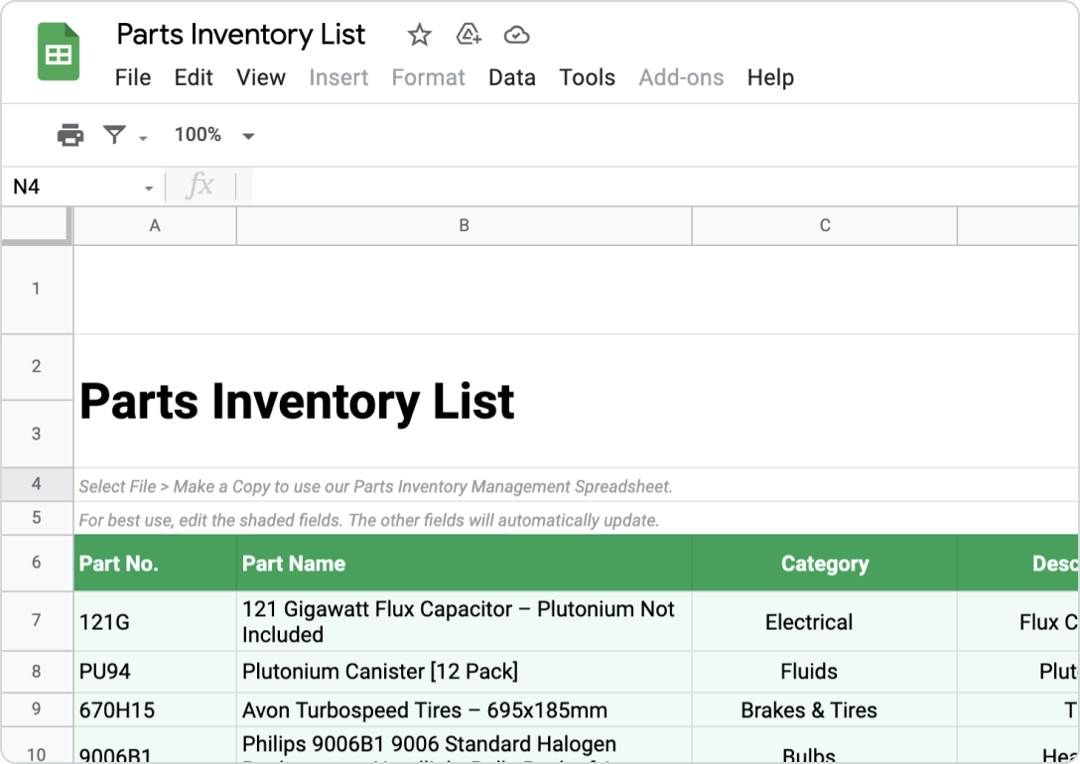
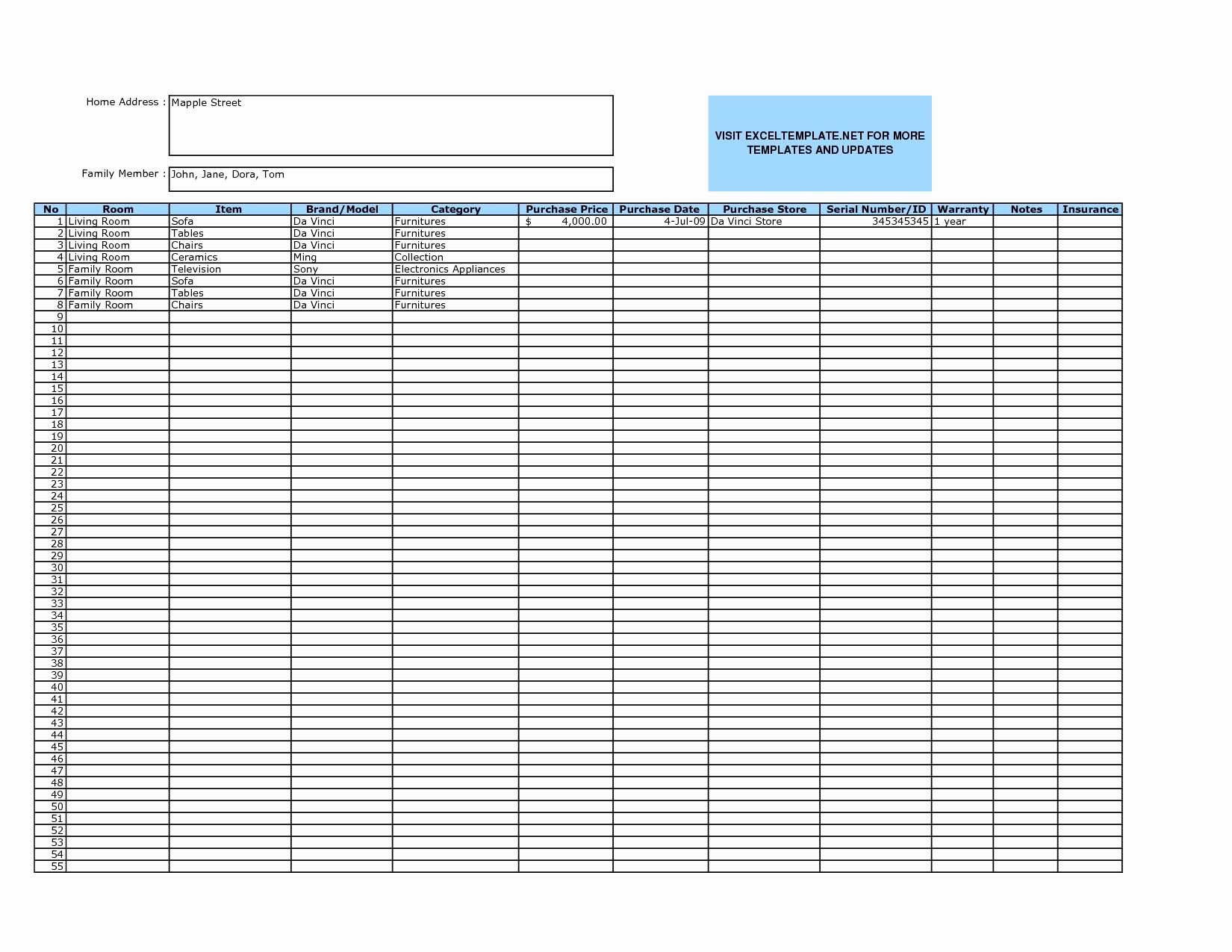
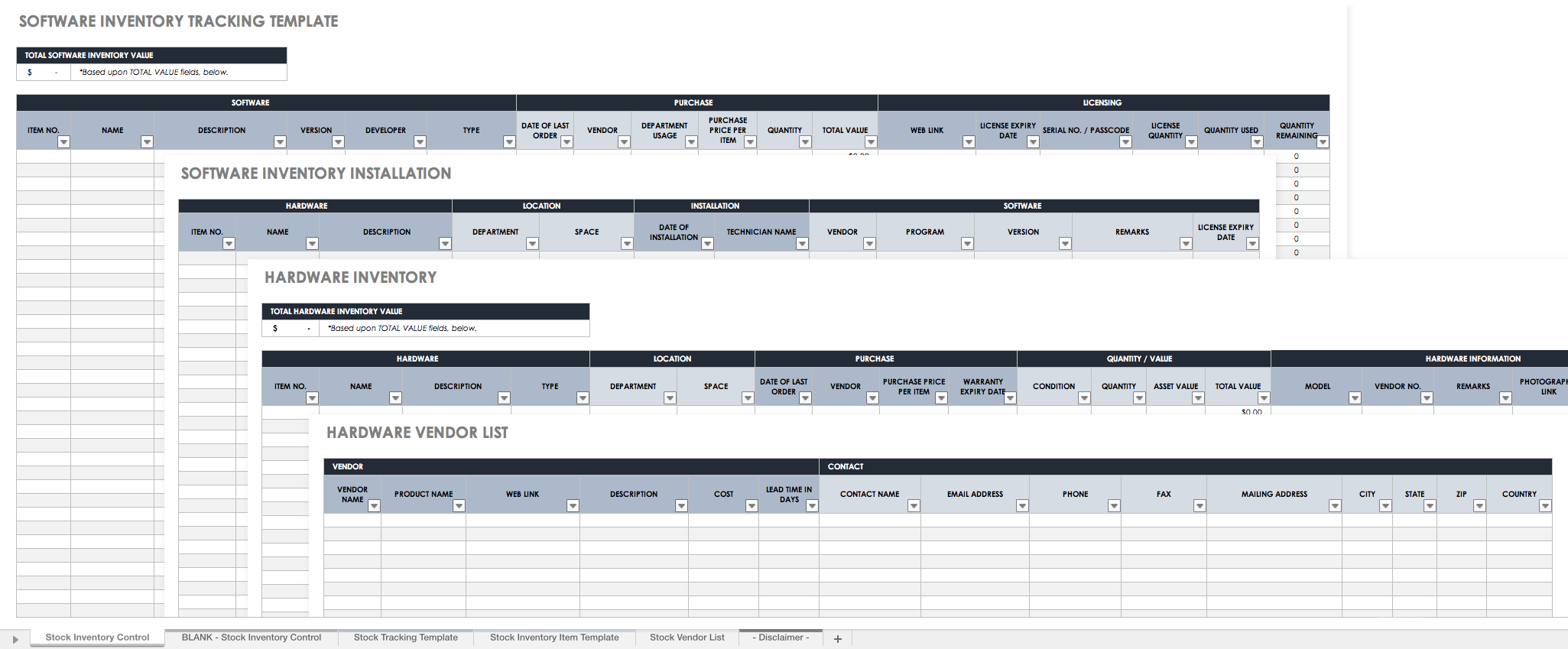
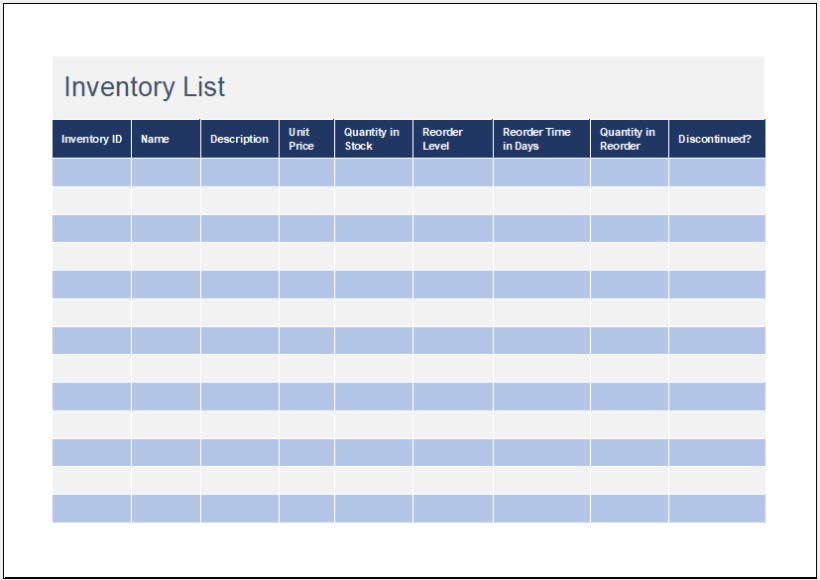
Tips for Successful Parts Inventory Management
- Regular Audits: Conduct regular audits of your parts inventory to identify discrepancies and ensure accuracy.
- Labeling: Clearly label all parts and designate specific storage locations to facilitate easy retrieval.
- Utilize Barcode Technology: Implement barcode technology to streamline inventory tracking and reduce human error.
- Invest in Training: Provide training to employees on how to use the parts inventory spreadsheet effectively to avoid mistakes and improve efficiency.
- Monitor Trends: Keep an eye on trends in demand for different parts to adjust reorder points and stock levels accordingly.
- Integrate with Accounting Software: Consider integrating your parts inventory spreadsheet with accounting software for seamless financial management.
Parts Inventory Spreadsheet Template – Download